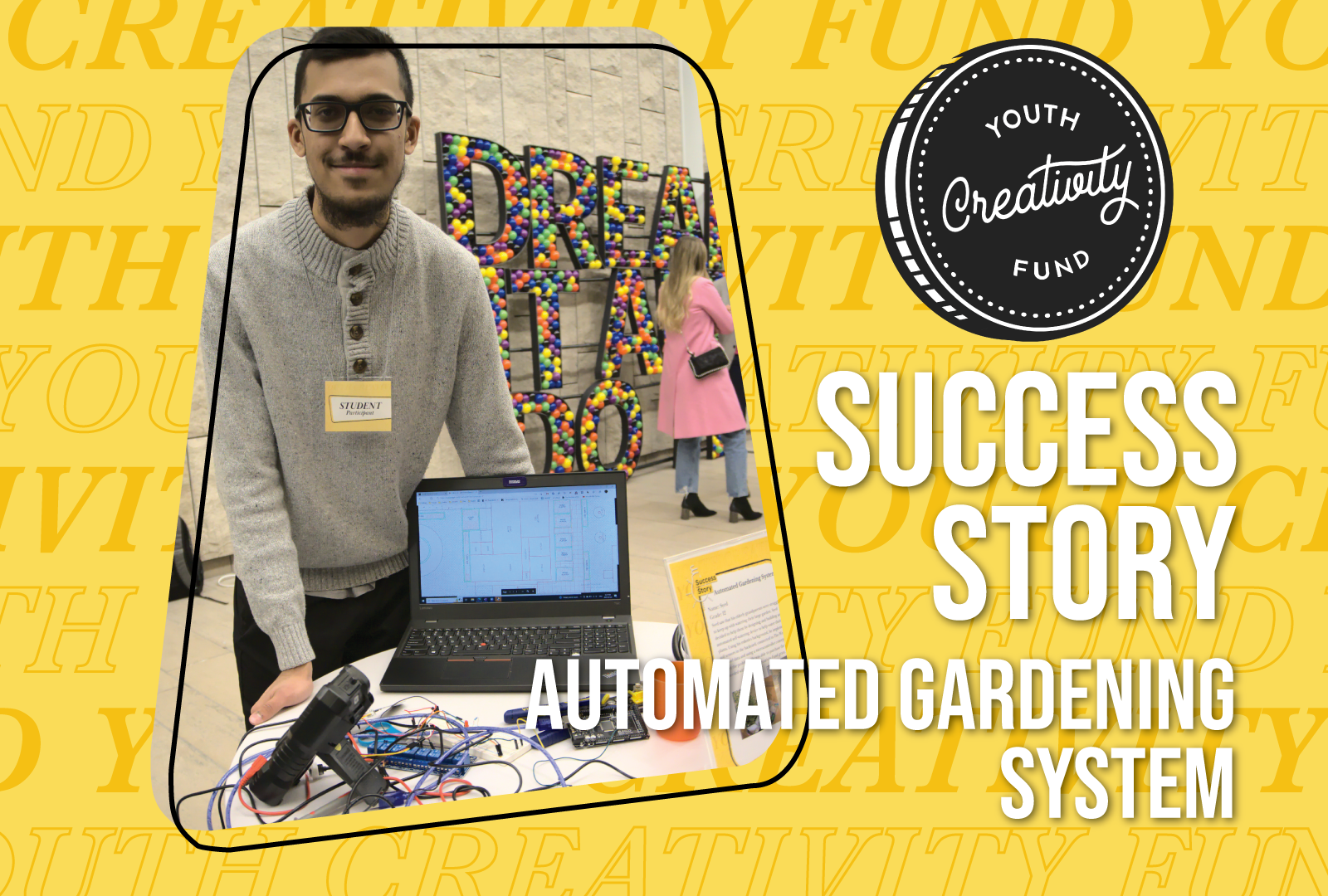Syed

Automated Gardening System
What problem did you set out to solve?
My grandparents recently moved into a house with a big backyard. Excited to finally have the space to grow some flowers and vegetables, they planted lots of plants in the garden. However, now that they are both getting on in age, they are unable to water their plants as regularly as they'd hope to. This results in several plants starting to wilt, especially during the hot summer months. I want to make a system that will help my grandparents maintain their garden. On the days that they are able to, they can water the garden and the system will remain turned off. However, when they aren't able to make it outside and the soil starts to get dry, the automated system will ensure that the plants remain hydrated.
I have spent lots of time building different machines out of a microcontroller called an Arduino. One of the most popular projects that people make using an Arduino is an automated watering system. I wanted to incorporate this idea with some of my own, such as using rain barrels as water sources, in order to create an eco-friendly automated gardening system. Through some brainstorming, sketching, and experimenting, I was able to formulate a basic plan on how to create this system.
How did you use the funds?
I used the funds to purchase the various components that would be incorporated into the design of my system, as well the tools required to actually put everything together. Purchases include a microcontroller to be the brains behind the project, sensors that would provide it with information on when the optimal watering conditions were, pumps and solenoids to control the flow and distribution of water from the main source, and wire-strippers and breadboards to use in the wiring and prototyping stages of the project.
How did it go?
I have yet to make a hard copy of the project, as I encountered a couple obstacles along the way. I plan on using the rest of the money to buy any remaining supplies and tools and 3D printing a chassis for the machine to protect it from the elements.
What are your plans for the future?
I would like to continue to work on this project and increase my knowledge of these systems.
Should others apply?
Yes, the Youth Creativity fund is an amazing way for students to get the funds they need to bring their ideas to life. Amazing that the community is supporting youth in this way.
